Carrots can be a tricky vegetable to grow. They are grow slowly compared to other root vegetables like radish and don’t grow well with obstacles in their path. With a little work you can easily overcome these obstacles and grow delicious, healthful carrots in your own backyard that will taste much better than store-bought carrots.
Types of Carrots
Carrots come in many different colors other than the typical orange you find at the grocery store. You can choose orange, white, yellow, red, or even purple carrots. There are also a large variety of size and shapes. The type of carrot you should plant may depend on the type of soil you have. There are five types of carrots.
Nantes
Nantes varieties of carrots are one of the easiest carrots to grow in poor or rocky soil. Other varieties may twist in rocky soil. The Nantes produce roots that are 6-7” long. They are cylindrically-shaped with a blunt tip, and are sweet and crisp.
Chantenay
Chantenay carrots are sturdy varieties that are short and stout. The crowns measure about 1.5-3 inches in diameter and taper down to a rounded point. The centers of Chantenay carrots may become woody if they get too large so harvest before they grow longer than 6 to 7 inches. Chantenay carrots also do well in rocky or poor soil.
Imperator
Imperator carrots are the classic carrot shape you think of. They produce long, tapered roots that can be 10-12” long. The soil for these varieties needs to be a very fine tilth, which means light and sandy, for the first foot of soil. The slender shape does is not suited for rocky or heavy soil and you may end up with twisted or forked roots. You may also have trouble harvesting these types in poor soil and may end up with snapped roots.
Danvers
Danver varieties are shaped similarly to Imperators, although not as thick. They are long and slender and taper to a point. They grow to about 6-8 inches long. They are easier to grow than Imperators in poor soil.
Ball or Mini
Ball variety carrots are radish shaped and miniature are shaped like small Chantenays. They only grow about 3-4” long and grow well in containers.
Soil
Carrots generally grow best in loose, deep, well-draining soil that is free of rocks and clay. Not many backyards have this type of soil conditions. They best way to prepare your soil so that is ready to grow root vegetables is by adding well-rotted manure or compost. Fresh manure can increase weed growth so be sure it is well rotted. Add one to two inches of compost onto the dirt and work into the top twelve inches of soil.
If amending your soil is not something you want to do plant your carrots in raised beds. Make sure your raised beds are at least twelve inches tall and fill with one-third of soil-free mix (such as potting soil), one-third compost, and one-third perlite. Perlite is volcanic glass that is heated until it pops into tiny balls. Perlite is added to aerate soil.
How and When to Plant
Carrots should be planted three weeks before the last expected frost in the spring. Plant more carrots every two to three weeks for a continuous supply of carrots. They can be planted throughout the summer up until 10 to 12 weeks before your first frost in the fall. Most carrot varieties take 60 to 80 days to mature.
Carrot seeds are very tiny so it may be difficult to space the seeds. Try to sprinkle the seeds in a row keeping to about six seeds per inch. Seeds should be planted ¼ to ½ inches deep. After planting, gently water the seeds to avoid washing them away. Carrots are slow germinator and can take as long as three weeks to sprout. After the sprouts are well established and are about two inches tall you will need to thin them. Pull sprouts until they are spaced to one inch apart. If you let all the seeds that you planted grow they will be crowded and will not grow well or large. After two more weeks thin again to three to four inches apart.
After thinning the sprouts apply mulch to help maintain moisture levels. You want the plants to receive a consistent water supply. If the plants do not receive enough water during development they may produce woody, small, and poorly-flavored roots. Roots may crack if there is a sudden increase in water after a dry period. Seeds may not germinate if the soil is too dry.
Pull any weeds that grow around the carrots by hand. As the carrots develop the tops may push through the soil. This part is called the crown. Cover the crown with soil or mulch to prevent them from becoming bitter and green.
When to Harvest
Harvest carrots when they are ¾ of an inch in diameter or greater. This will be 60 to 80 days after planting. Pull them by hand; using a spade may break the roots or bruise them. Loosen the soil by watering or with a trowel before pulling. Push the root to one side before pulling it from the ground so it is loose and won’t break when pulled.
Remove the tops after harvesting. Do not store carrots with the tops as they will attract moisture and which will led to spoiled vegetables. Remove extra dirt, but don’t wash them until you are ready to eat. Carrots may be stored in a plastic bag in the refrigerator or cool, root cellar for months.
Troubleshooting
Carrots may be somewhat challenging to grow, but once they are established they don’t have many pests.
Rabbit and Deer
Rabbits and occasionally deer may find your carrot tops a tasty meal. The best way to prevent these critters is to surround your carrots with a fence. They fence will need to be three feet tall to prevent rabbits and eight feet to prevent deer. Once the carrots are well-established the critters will generally cease. Rabbits, especially prefer new plant growth.
Carrot Rust Flies
Carrot Rust Flies are also called Carrot Root flies. They are a problem particularly in the Northwest. The flies look like small, green houseflies with yellow heads and red eyes. The flies lay eggs on the plants and when the larvae hatches it consumes and destroys the roots of the plant. Rust flies are more of a problem in early spring. To prevent infestation delay planting to early summer. You may also prevent the flies by covering the crop with a row cover.
Small Roots
Sometimes carrots may develop very large leafy tops, but small or no root. This can be caused by planting the carrots too close and not thinning. Too much nitrogen, from fertilizer, in the soil can also cause extensive top growth with poor root growth.

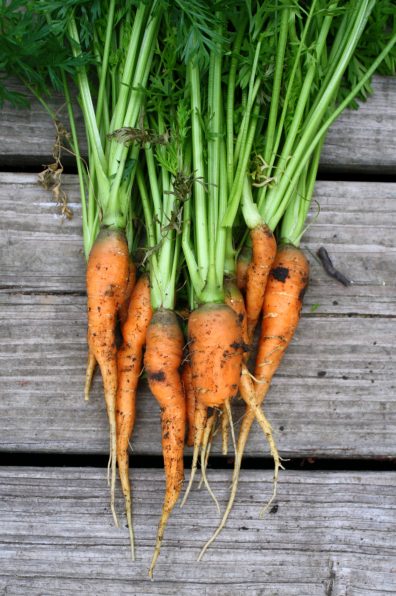
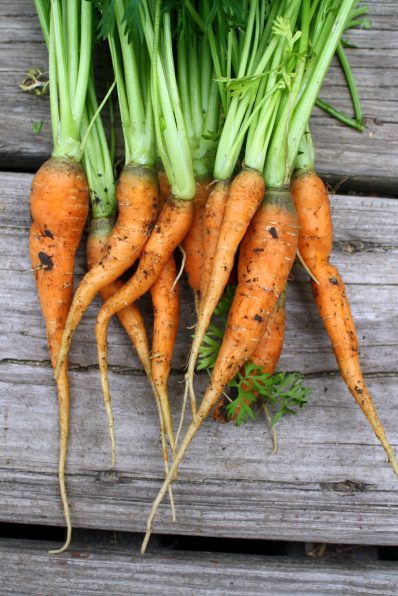
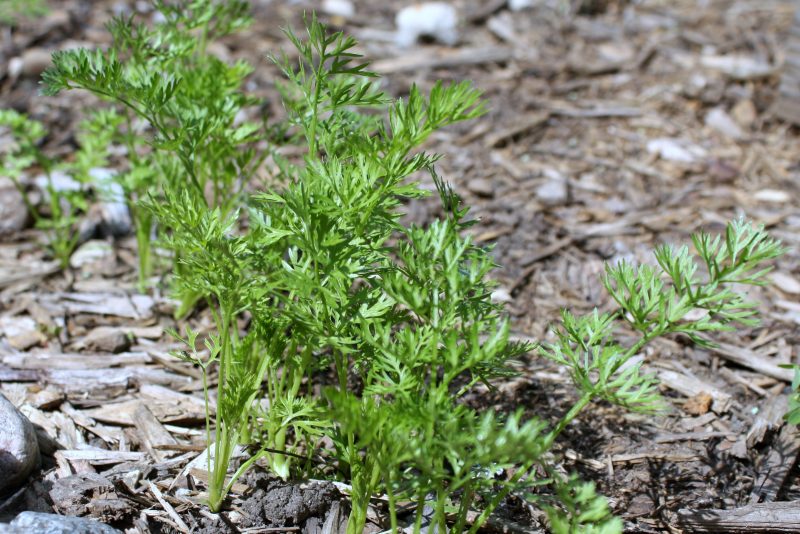
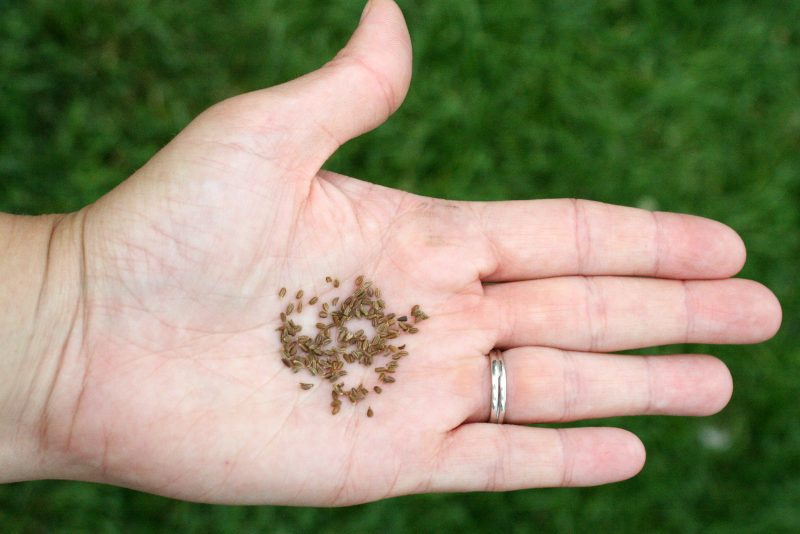
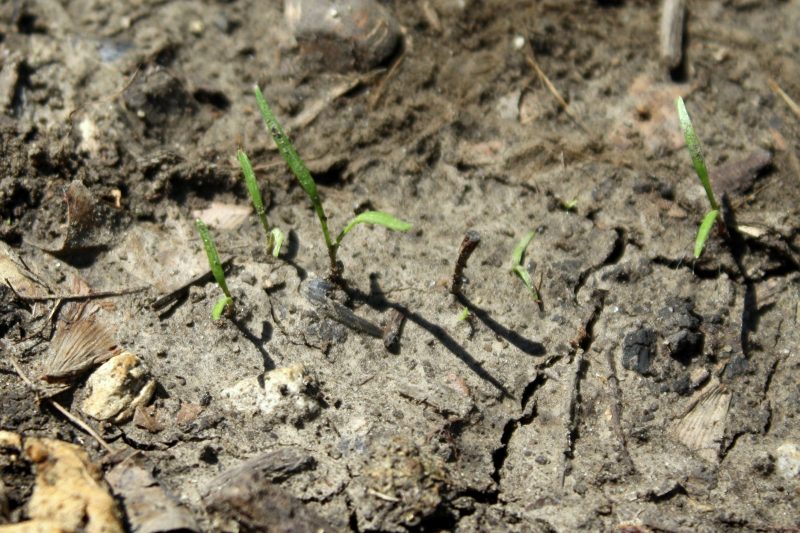
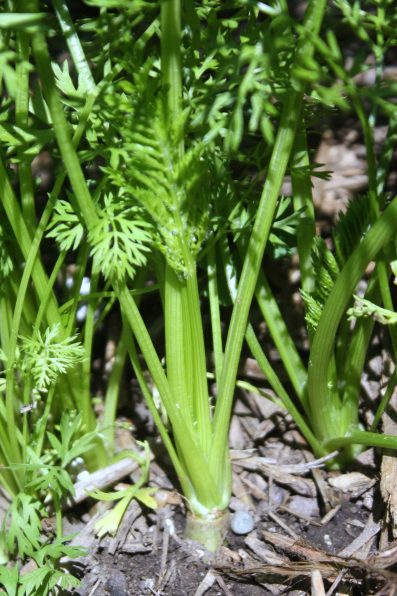
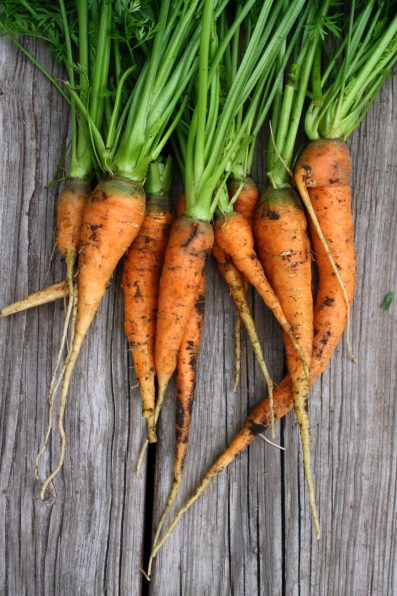
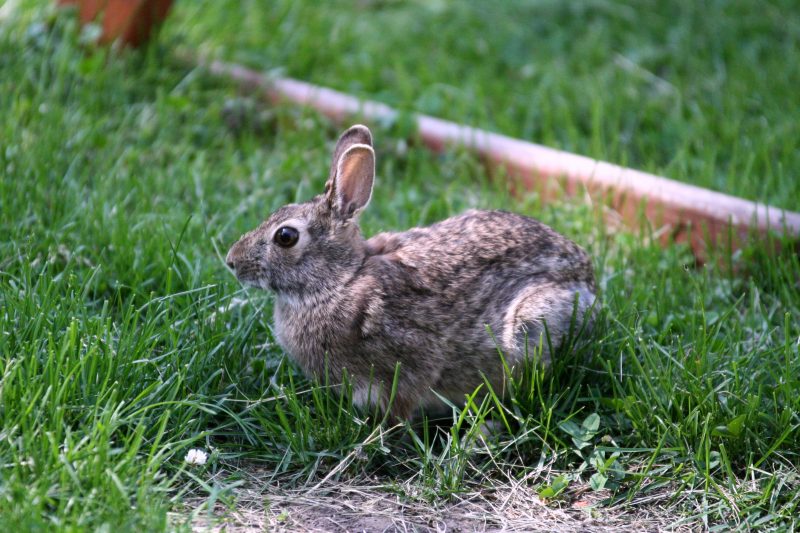
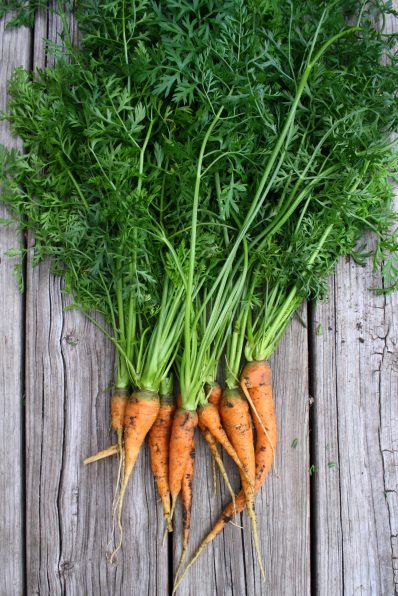

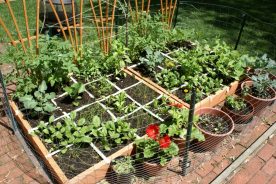


No Comments